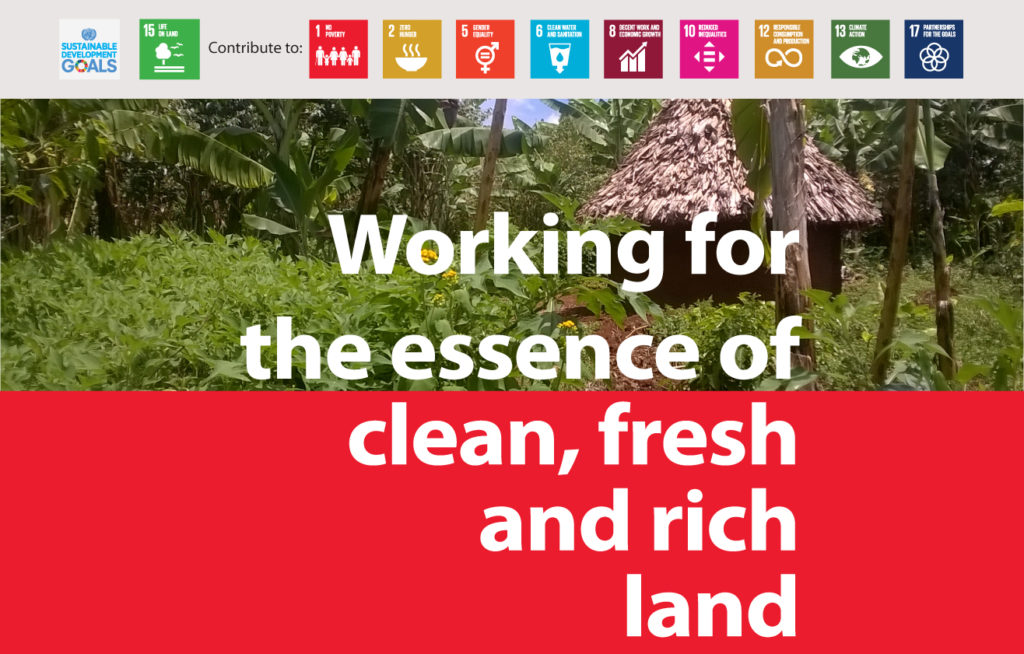Small producers supply more than 70% of world food production. However, most of them live in vulnerable situation.
This segment of production plays a key role in many interrelated markets, but there are many difficulties in accessing credit and new markets.
The limitations are concentrated in the financial capacity – in relation to the support and guarantees – and the technical capacities to prepare proposals under the requirements of the financial entities.
Along with this, the limitations to access innovations, knowledge and information, key resources to increase productivity and income, are accentuated.
However, small and medium-scale sustainable production systems show sufficient profitability and can compete with large commercial farms in terms of cost; the disadvantages are not related to the size of the farms but to the investment framework.
A healthy soil produces more nutritious and healthy food.
Changes in land use, land degradation, pollution, invasive species and the destruction of habitats are reducing the availability of natural resources to produce nutritious and accessible food for all.
Increased international trade can stimulate productivity and competitiveness, particularly for foods of high nutritional quality and added value. However, access to small producers is limited by the lack of containment measures and opportunities to access technical and financial resources.

To achieve the goals and premise of the Sustainable Development Goals, it is necessary to strengthen the means that allow the empowerment of small and medium producers as crucial agents of change.
The 3 billion people who live in rural areas, and produce most of the food consumed globally, are the most vulnerable to droughts, floods, epidemics, armed conflicts and market crises.
500 million small producers around the world are at risk of being left behind.
Limited access to natural resources and climate change are great challenges. People abandon low-profitability agriculture and migrate to urban settings, with no choice but to engage in informal activities and low-productivity services; they are even forced to seek non-agricultural employment in other regions, resulting in seasonal or permanent migration.
Achieving opportunities to improve income can attract youth, create potential, and build resilience with profitable and market-oriented diversification.